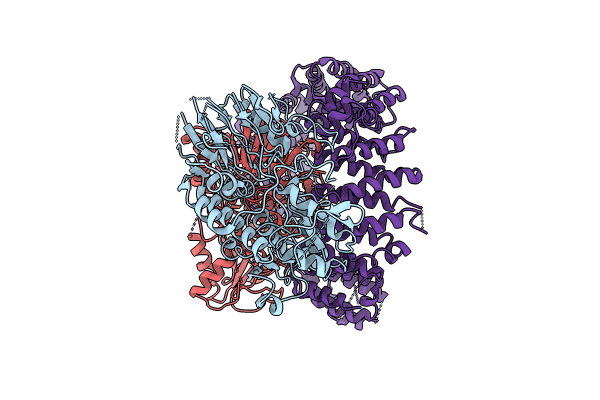
Deposition Date
2023-10-10
Release Date
2024-08-21
Last Version Date
2025-06-04
Method Details:
Experimental Method:
Resolution:
3.21 Å
Aggregation State:
PARTICLE
Reconstruction Method:
SINGLE PARTICLE


